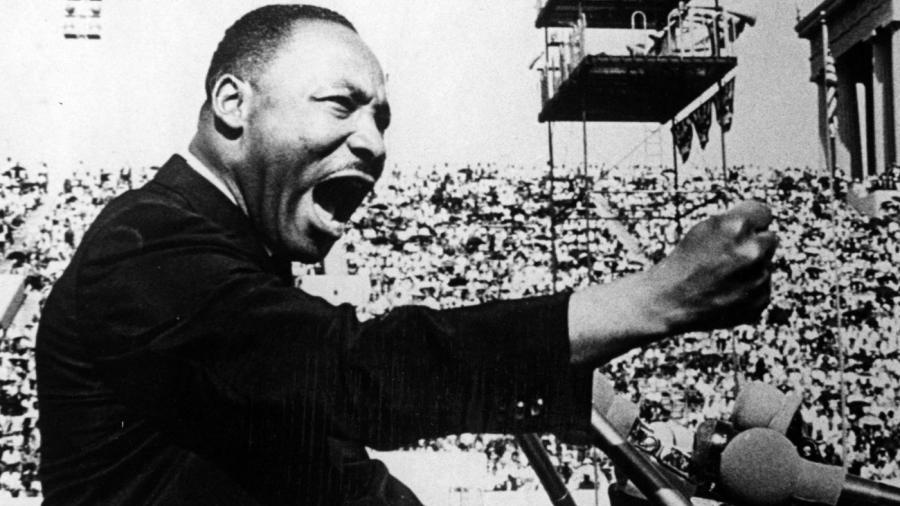How Do You Summarize the “I Have a Dream” Speech?

Dr. Martin Luther King Jr. delivered what is commonly known as the “I have a dream” speech on Aug. 28, 1963, at the Lincoln Memorial in Washington, D.C. The speech, which was partly improvised by King on the spot, started off with an observation that black people were still not free more than 100 years after the Emancipation Proclamation and ended with the famous “I have a dream” section in which he hoped for a better future for all people. King’s speech is considered by many to be one of the key defining moments of the civil rights movement.
King’s “I have a dream” speech moves chronologically through the history of black people in the United States. It begins by referring to the Africans who were brought to America as slaves and celebrates the Emancipation Proclamation, which set them free legally.
However, King quickly turns to the present day to point out that 100 years after the passage of the Emancipation Proclamation, black people were still mired in poverty, injustice, police brutality and segregation. In the “present day” section of the speech, he urges people not to turn to bitterness, hatred or physical violence in confronting the injustices the speech chronicles.
In the most famous section of the “I have a dream” speech, King looks to the future and, quoting from the Bible, the Declaration of Independence and American songs, puts forth his hopes for the years to come. Speaking poetically and with great power, King paints a picture of a country in which all are equal, blacks and whites work together and freedom is available to everyone.





